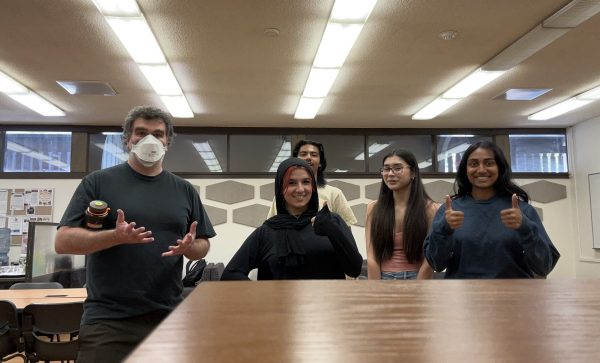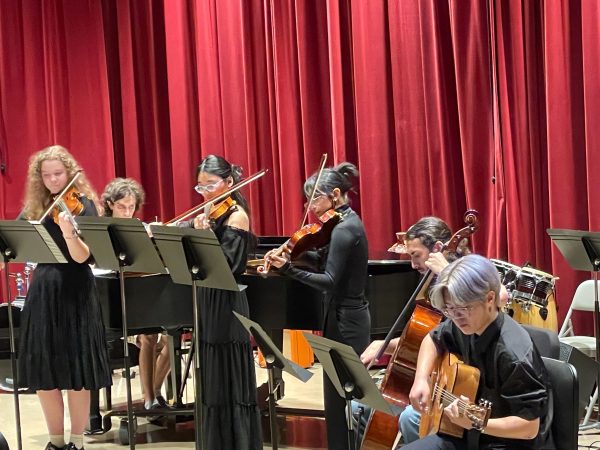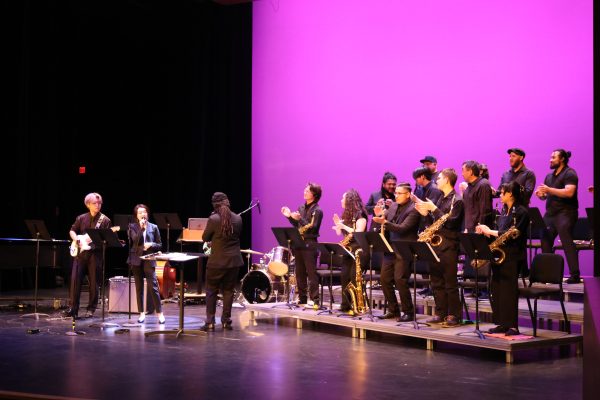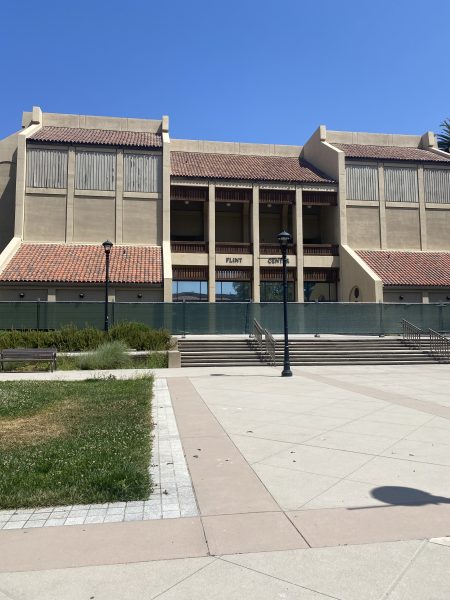Criticisms from the clubless
De Anza clubs aim to remedy the effects of commuter school isolation, but club multiplicity is detrimental to productivity and outreach. As a student who has been here for more than three years, I have never felt the need to join a club.
At a community college, where students stay an average of two years, club life is inherently not suited to thrive because of the high turnover rates with club leadership.
Students are constantly coming and going, most never staying longer than necessary. Unless you enroll with friends from high school, making those relationships is one of the hardest things to do at a commuter campus.
De Anza sees more than 20,000 students on its campus and hosts over 60 clubs, yet club involvement on campus goes unseen.
When there are four clubs on campus that gather around Christianity, and five other clubs that revolve around computers, this variety divides what should be common ground.
If clubs were to consolidate, then their attendance numbers would increase, and they would seem more attractive to new students. Larger groups would naturally create a greater club presence overall.
Only seven clubs have their meeting times online. Students have abnormal class schedules and may also be balancing a job, but with consistent meeting times, productivity would likely increase.
I would like to see clubs stay as a symbol of unification amongst a diverse student body, but their leadership bodies must also adapt to the Community College culture, which is intrinsically at odds with their success.








